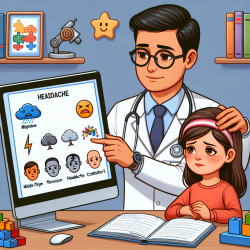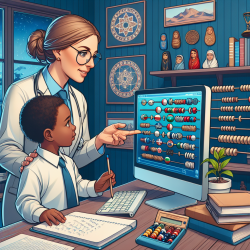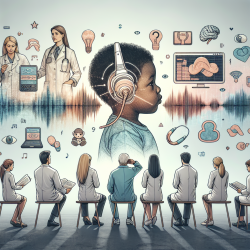Understanding Pediatric Headache Characteristics
Children's headaches can differ significantly from those of adults. Key distinctions include:- Duration: Pediatric migraine attacks are often shorter.
- Location: Pain is commonly bilateral in children, becoming unilateral in adolescence.
- Behavioral Cues: Symptoms like photophobia and phonophobia may be inferred from behavior rather than verbal reports.
Recommendations for Practitioners
To enhance diagnostic accuracy and management, practitioners should consider the following recommendations:- Emphasize Short Duration: Recognize that migraine attacks in children are typically shorter and may last from 30 minutes to 48 hours.
- Behavioral Observations: Use behavioral cues to assess symptoms, especially in younger children who may struggle to articulate their pain.
- Consider Frontal Headaches: Acknowledge that frontal headaches are common in pediatric migraines without aura.
- Assess Impact on Activities: Evaluate headache severity based on its impact on daily activities.
- Differentiate Headache Types: Understand that the distinction between migraine and tension-type headache is less sharp in children.
Chronic Migraine and Episodic Syndromes
Chronic migraine (CM) and episodic syndromes like recurrent abdominal pain (RAP) are increasingly recognized in children. Important considerations include:- Risk Factors: Advancing age, female gender, and family history of headaches are significant risk factors for CM.
- Association with Other Syndromes: Episodic syndromes such as abdominal migraine may precede migraine headaches.
Trigeminal Autonomic Cephalalgias (TACs)
Conditions like cluster headaches and paroxysmal hemicranias, though rare in children, require specific attention:- Cluster Headaches: Symptoms may be less frequent and shorter in duration in children.
- Paroxysmal Hemicranias: Facial paleness rather than flushing and longer attack durations have been noted in pediatric cases.
Primary Headache Disorders
For primary headache disorders such as exercise-induced headaches and primary stabbing headaches:- Exclude Other Causes: Diagnoses should be made only after excluding other potential causes.
- Understand Associations: Recognize associations with other conditions like migraines to improve diagnosis and management.
Comorbidities and Holistic Care
Primary headaches in children are often correlated with psychiatric comorbidities like anxiety and depression. Addressing these comorbidities is crucial for holistic care and improving the patient’s quality of life.Conclusion
Practitioners should be aware of the unique characteristics of pediatric headaches to enhance diagnostic accuracy and treatment efficacy. The next version of the ICHD should include specific subtopics for pediatric headaches to further refine diagnostic criteria.To read the original research paper, please follow this link: Experts’ opinion about the primary headache diagnostic criteria of the ICHD-3rd edition beta in children and adolescents.










